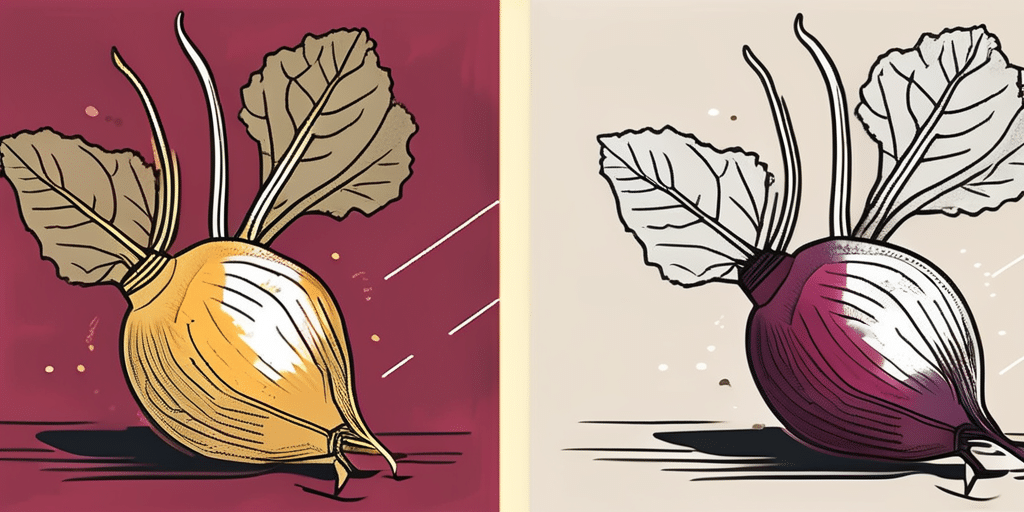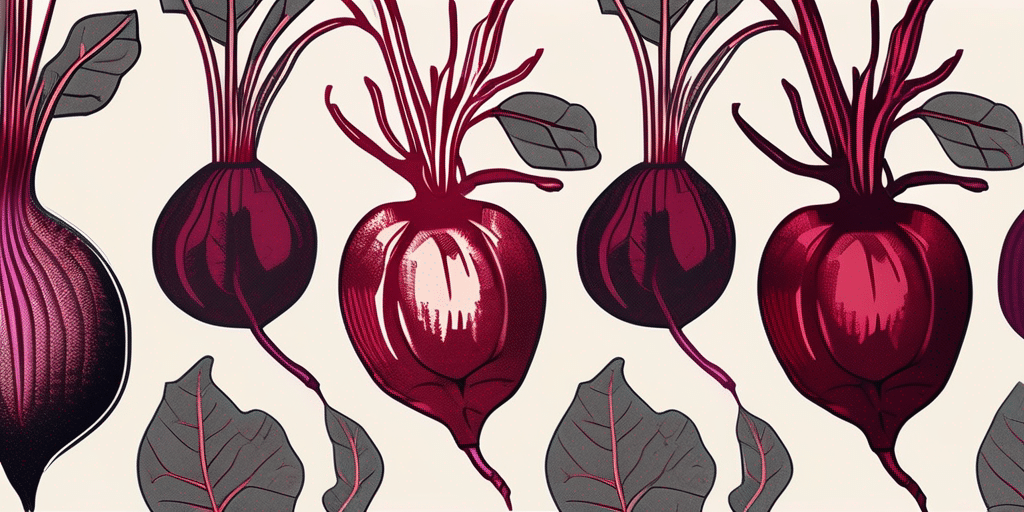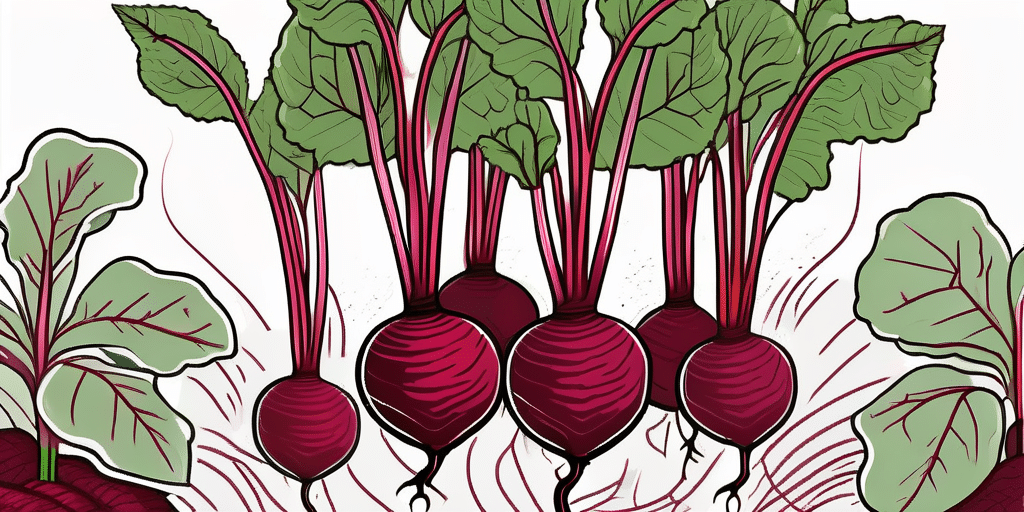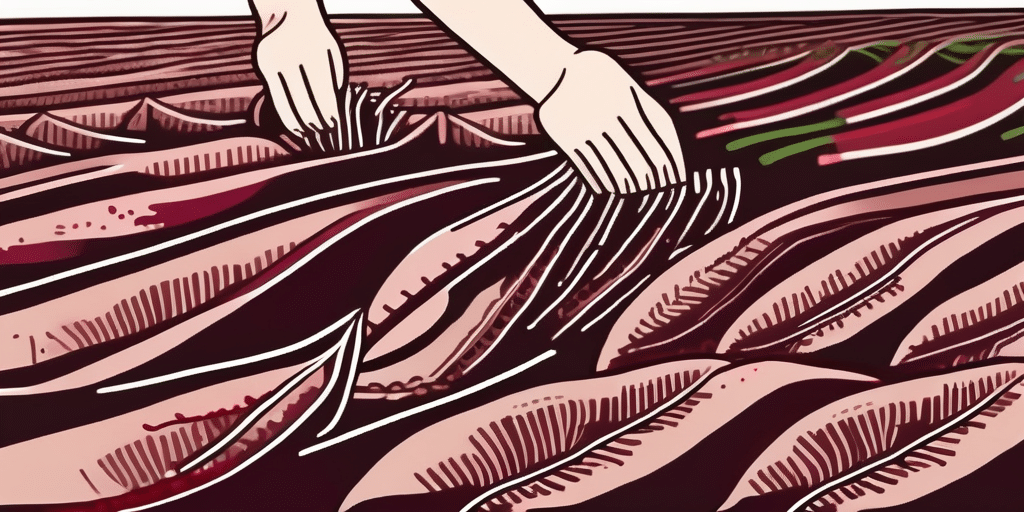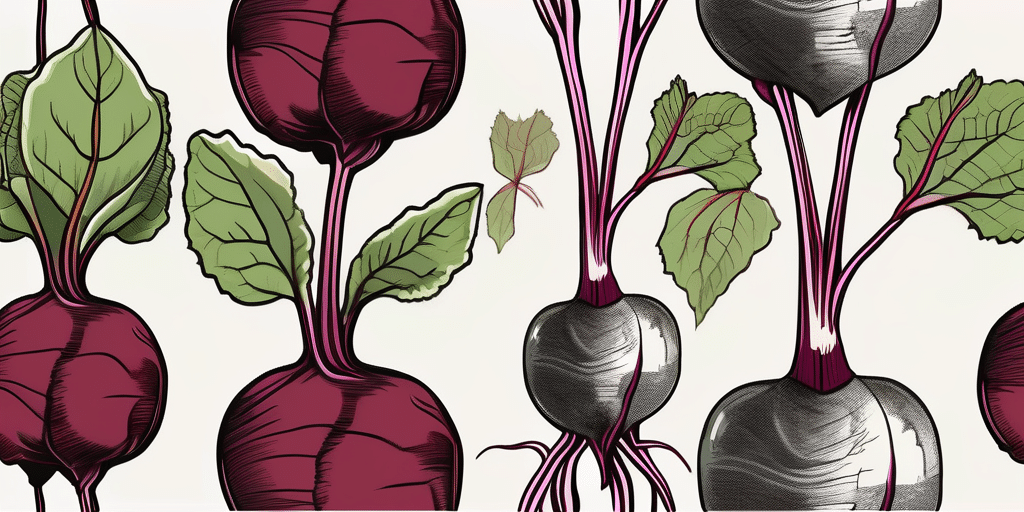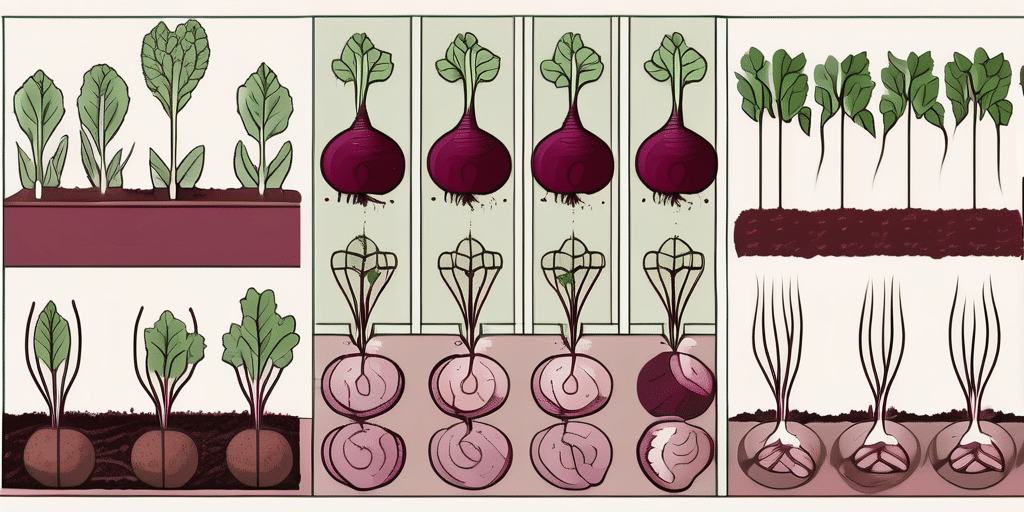The Early Wonder beet is a popular variety among gardeners due to its fast growth and versatility. This beet variety is not only delicious but also packed with essential nutrients. However, to get the best yield, it’s crucial to understand the correct planting patterns and spacing. In this guide, we’ll delve into the details of how to plant Early Wonder beets, focusing on the optimal patterns and spacing for a bountiful harvest.
Understanding Early Wonder Beets
The Early Wonder beet, as the name suggests, is an early maturing variety. It’s known for its round, deep red roots and tasty, abundant greens. This variety is often harvested early for use in salads, but it can also be left to grow larger for cooking.
According to the USDA, beets are a great source of fiber, vitamin C, magnesium, and folate. They’re also low in calories, making them a healthy addition to any diet. The Early Wonder variety, in particular, is known for its sweet, earthy flavor and tender texture.
Preparing the Soil
Before you start planting, it’s essential to prepare the soil. Beets prefer well-draining, loamy soil with a pH between 6.0 and 7.0. If your soil is heavy clay or sandy, consider amending it with compost or well-rotted manure to improve its texture and fertility.
According to the Oregon State University Extension Service, beets also need a good supply of boron, a trace mineral, to prevent black heart, a condition that causes the beet’s center to turn black and become inedible. You can add boron to your soil by applying a borax solution at a rate of 1 tablespoon per 100 square feet.
Planting Patterns and Spacing
Planting Patterns
When it comes to planting beets, there are a few different patterns you can use. The most common is the row pattern, where seeds are sown in straight lines. This pattern makes it easy to water, weed, and harvest your beets.
Another option is the square foot gardening method, which involves dividing your garden into 1-foot squares and planting a specific number of seeds in each square. This method can be more efficient in terms of space, but it requires more careful planning and maintenance.
Spacing
Proper spacing is crucial when planting Early Wonder beets. According to the University of Minnesota Extension, beet seeds should be planted about 1/2 inch deep and 1 to 2 inches apart. Rows should be spaced 12 to 18 inches apart.
If you’re using the square foot gardening method, you can plant 9 to 16 beet seeds per square, depending on how large you want your beets to grow.
How to Plant Early Wonder Beets
- Prepare the soil by removing any rocks or debris and adding compost or well-rotted manure. Test the soil pH and adjust if necessary.
- Create your planting rows or squares. If you’re planting in rows, make sure they’re 12 to 18 inches apart. If you’re using the square foot method, divide your garden into 1-foot squares.
- Plant the beet seeds 1/2 inch deep and 1 to 2 inches apart. If you’re using the square foot method, plant 9 to 16 seeds per square.
- Cover the seeds with soil and water well.
- Keep the soil moist until the seeds germinate, which usually takes 5 to 8 days.
- Once the seedlings are about 2 inches tall, thin them to 3 to 4 inches apart. This gives the beets enough room to grow and ensures a better yield.
Caring for Your Early Wonder Beets
Once your beets are planted, it’s important to care for them properly to ensure a good harvest. This includes regular watering, weeding, and feeding.
Beets need about 1 inch of water per week. It’s better to water deeply once a week than to water lightly every day. This encourages the roots to grow deeper into the soil, making the plants more drought-tolerant.
Weeding is also important, as weeds can compete with your beets for nutrients and water. Be careful when weeding, though, as beets have shallow roots that can easily be damaged.
Feeding your beets can help them grow bigger and healthier. Consider applying a balanced vegetable fertilizer once or twice during the growing season, following the package instructions.
Harvesting Your Early Wonder Beets
Early Wonder beets are usually ready to harvest 50 to 60 days after planting. You can harvest them earlier if you prefer smaller, tender beets, or leave them to grow larger.
To harvest, simply grasp the beet at the base of the stems and gently pull. If the beet doesn’t come out easily, use a garden fork to loosen the soil around it.
After harvesting, you can store your beets in the refrigerator for up to 2 weeks. The greens can be eaten as well, but they should be used within a few days for the best flavor and nutrition.
Conclusion
Planting Early Wonder beets can be a rewarding experience, providing you with a delicious and nutritious harvest. By understanding the correct planting patterns and spacing, and providing the right care, you can enjoy a bountiful yield of this versatile vegetable.
So why wait? Get your Early Wonder beet seeds and start planting today!
Join Our Green-Thumbed Community!
Ready to turn your Early Wonder beet aspirations into a lush, thriving reality? Subscribe for free to How to Grow Everything and embark on a journey to Build The Garden of Your Dreams! Receive tailored gardening advice and information that aligns with your specific location, grow zone, and experience level. We promise only the best gardening tips and deals, with no spam, just pure gardening gold. Plus, you’ll get access to special offers that are 100% free. Join our family of passionate gardeners and watch your garden flourish!

